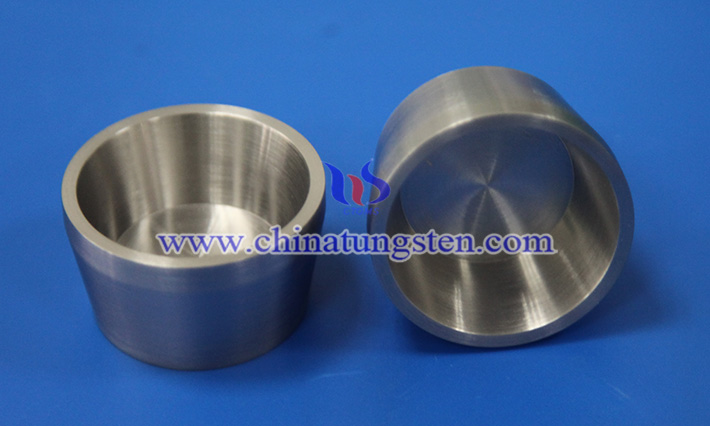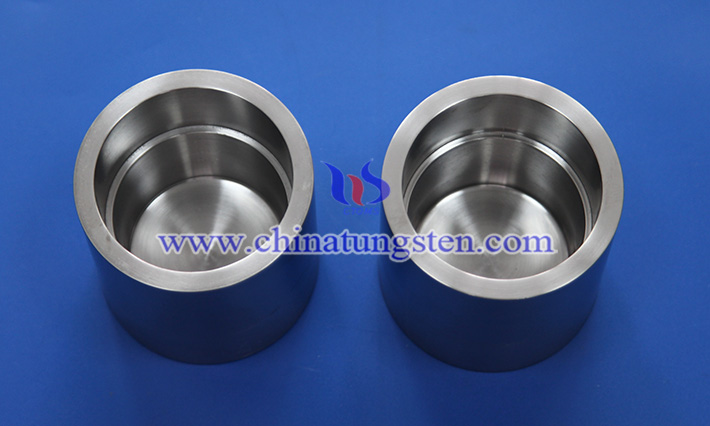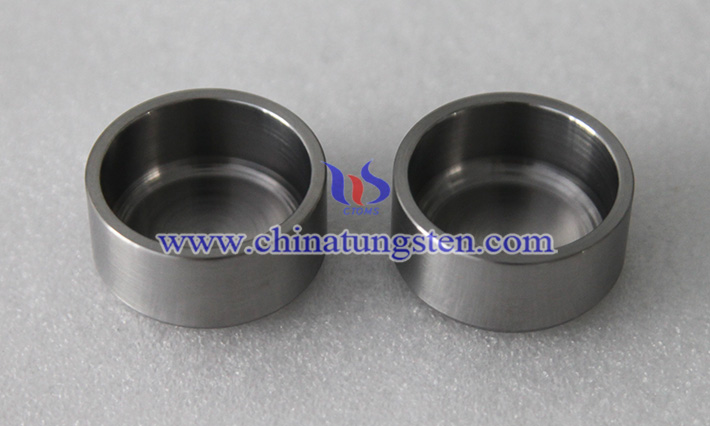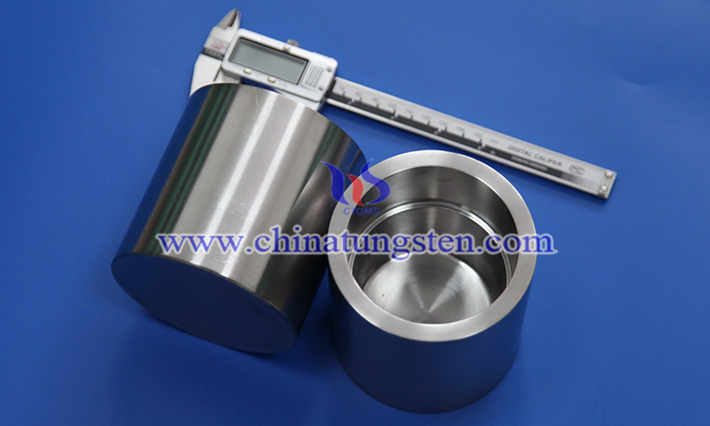The Key Role of Tungsten Crucibles in the Growth of Single Crystal Growth
- Details
- Category: Tungsten Information
- Published on Monday, 09 June 2025 15:16
- Written by Shuxia
- Hits: 213

Monocrystalline materials occupy a core position in high-tech industries such as semiconductors, optoelectronics, lasers, and aerospace, and their crystal quality directly affects the performance and reliability of terminal devices.
Read more: The Key Role of Tungsten Crucibles in the Growth of Single Crystal Growth
How to Optimize the Performance of Tungsten Crucible?
- Details
- Category: Tungsten Information
- Published on Monday, 09 June 2025 15:14
- Written by Shuxia
- Hits: 199

The development of high-end manufacturing industry has put forward higher requirements for the temperature resistance, thermal shock resistance, structural stability and service life of tungsten crucibles.
Read more: How to Optimize the Performance of Tungsten Crucible?
Tungsten Crucibles Are Used for Vacuum Heat Treatment
- Details
- Category: Tungsten Information
- Published on Monday, 09 June 2025 15:11
- Written by Shuxia
- Hits: 188

Vacuum heat treatment is a process of heating and cooling metals or alloys under high vacuum or protective atmosphere, and is often used to improve the mechanical properties, dimensional stability and surface quality of materials.
Read more: Tungsten Crucibles Are Used for Vacuum Heat Treatment
The Manufacturing Process of Tungsten Crucible
- Details
- Category: Tungsten Information
- Published on Monday, 09 June 2025 15:12
- Written by Shuxia
- Hits: 193

The manufacturing process of tungsten crucible is complex and the technical requirements are high, mainly including powder preparation, pressing molding, high-temperature sintering and mechanical processing.
Tungsten Crucibles Are Used in the Preparation of Superalloys
- Details
- Category: Tungsten Information
- Published on Monday, 09 June 2025 15:09
- Written by Shuxia
- Hits: 210

In the field of modern high-end manufacturing, superalloys are widely used in aerospace, gas turbines, nuclear industry and high-temperature chemical industries due to their excellent high-temperature strength, oxidation resistance and corrosion resistance.
Read more: Tungsten Crucibles Are Used in the Preparation of Superalloys





 sales@chinatungsten.com
sales@chinatungsten.com